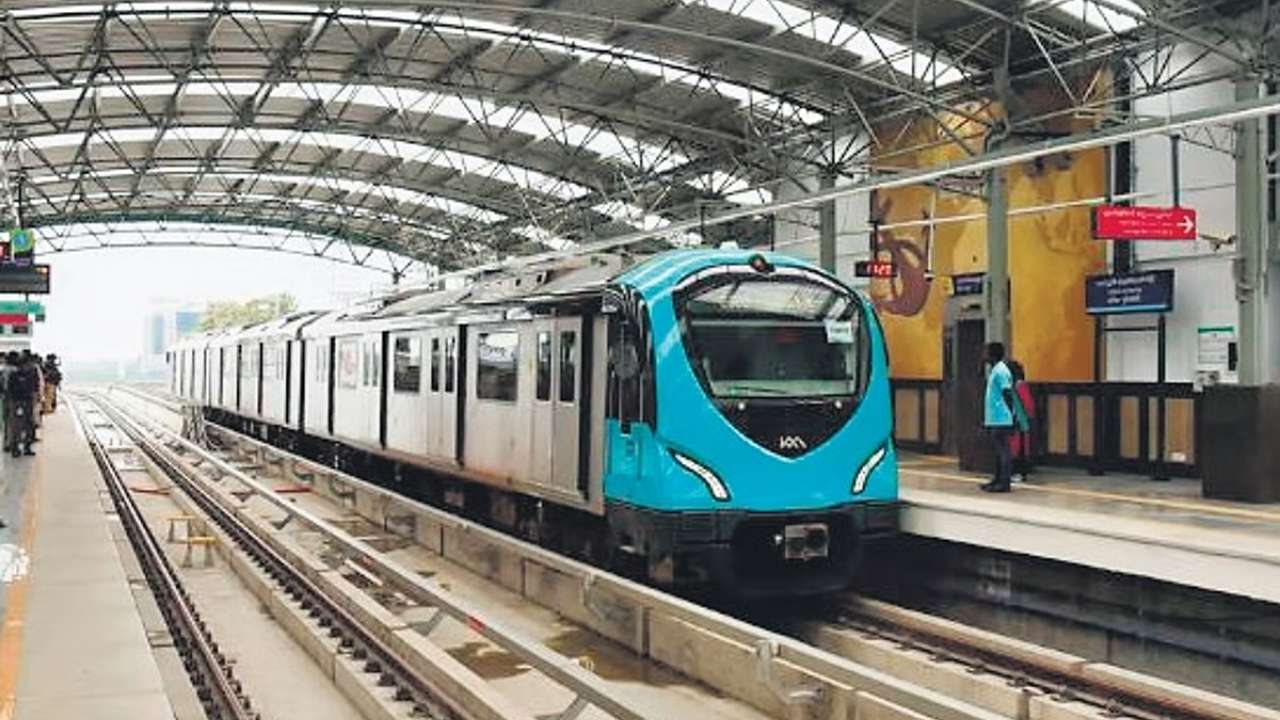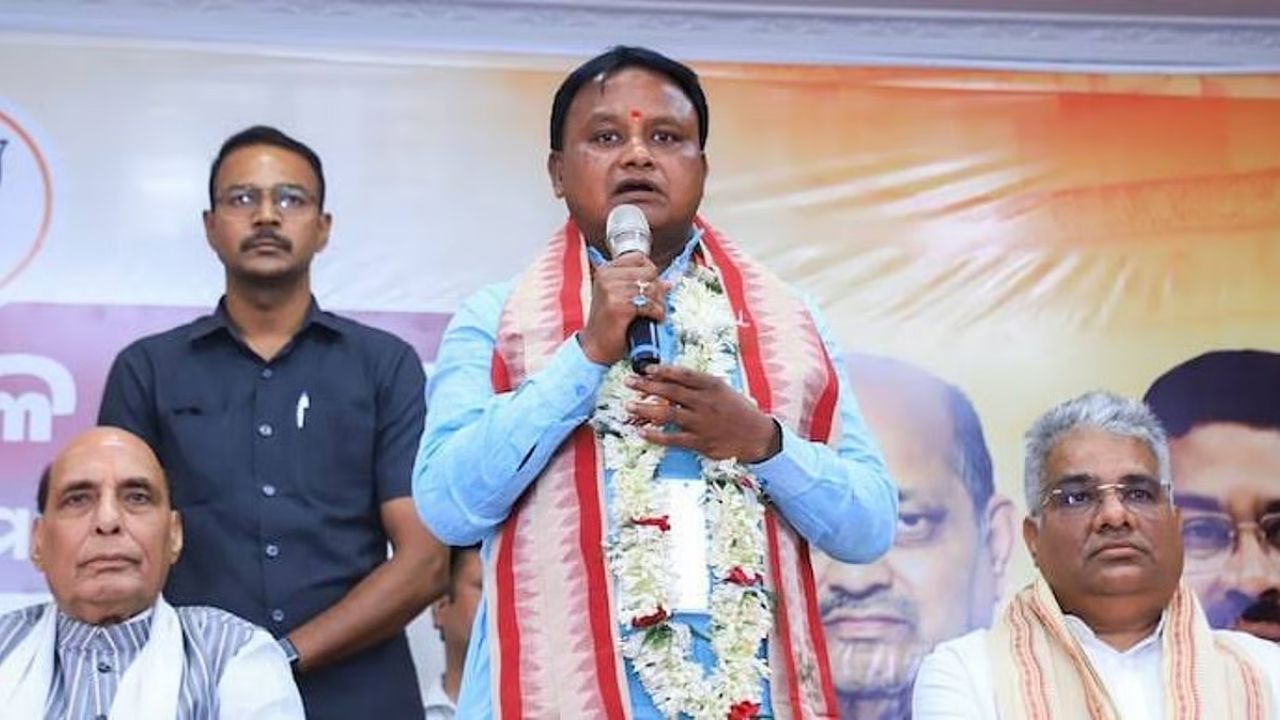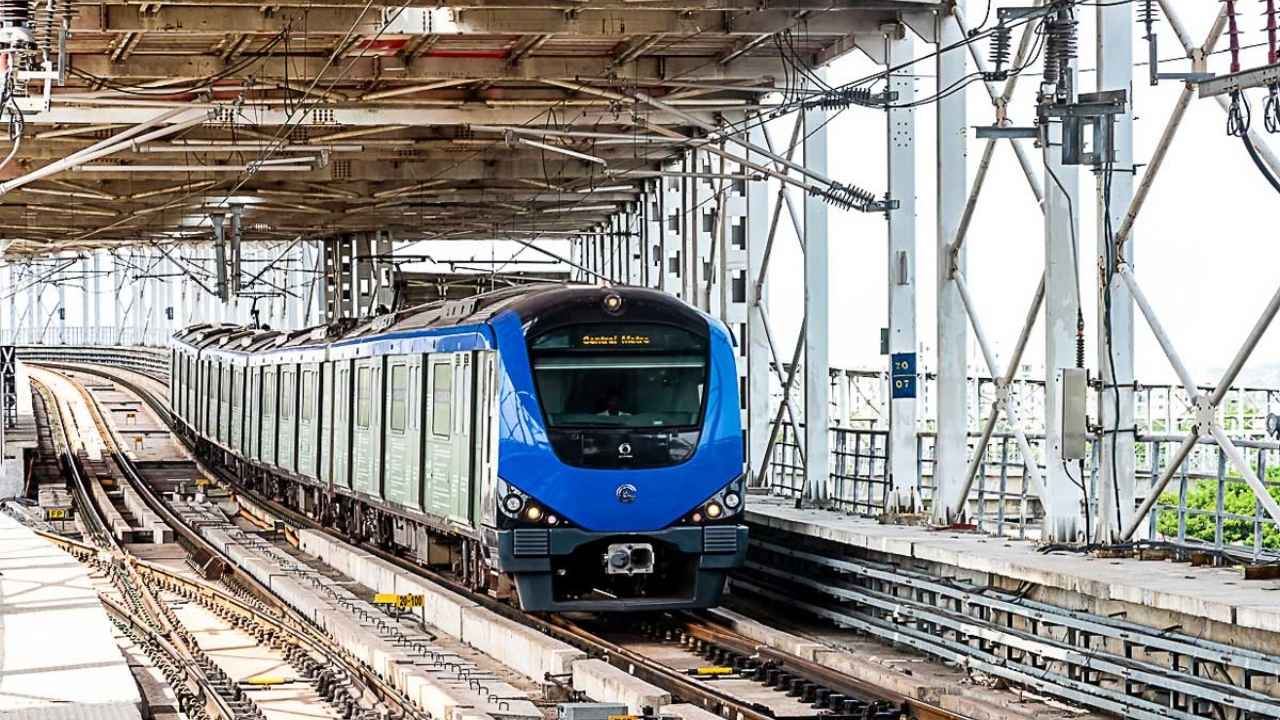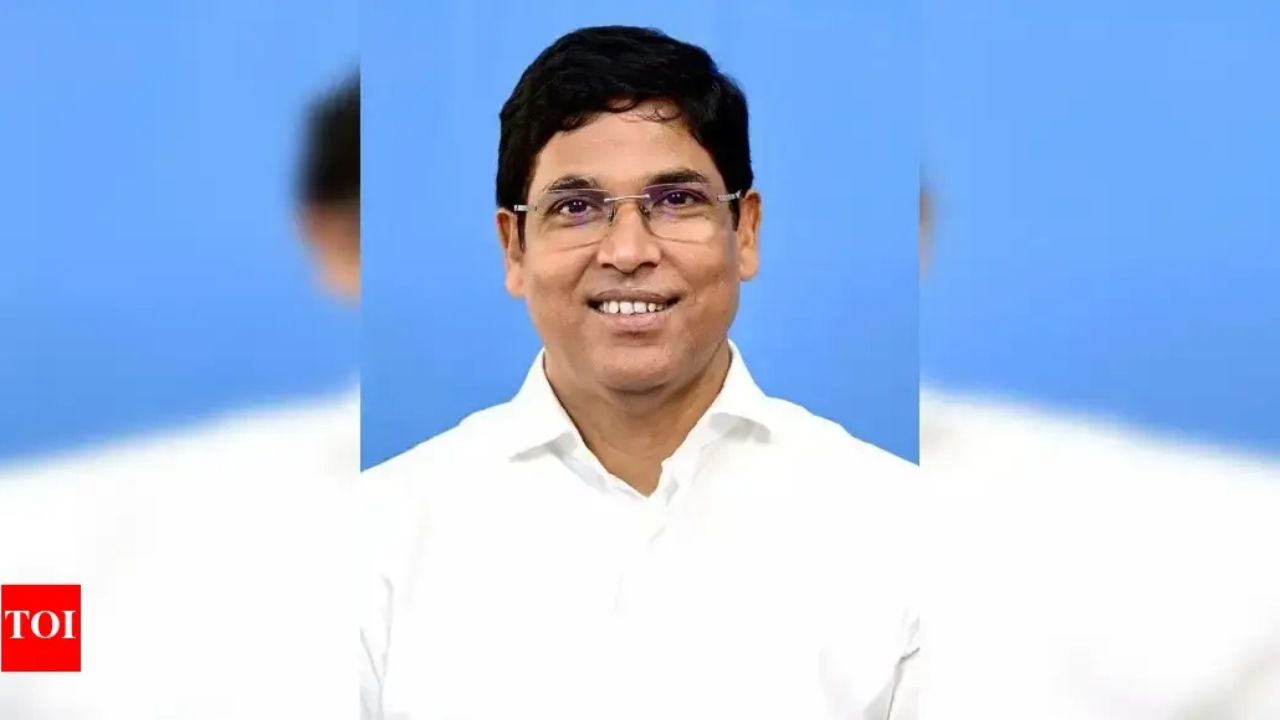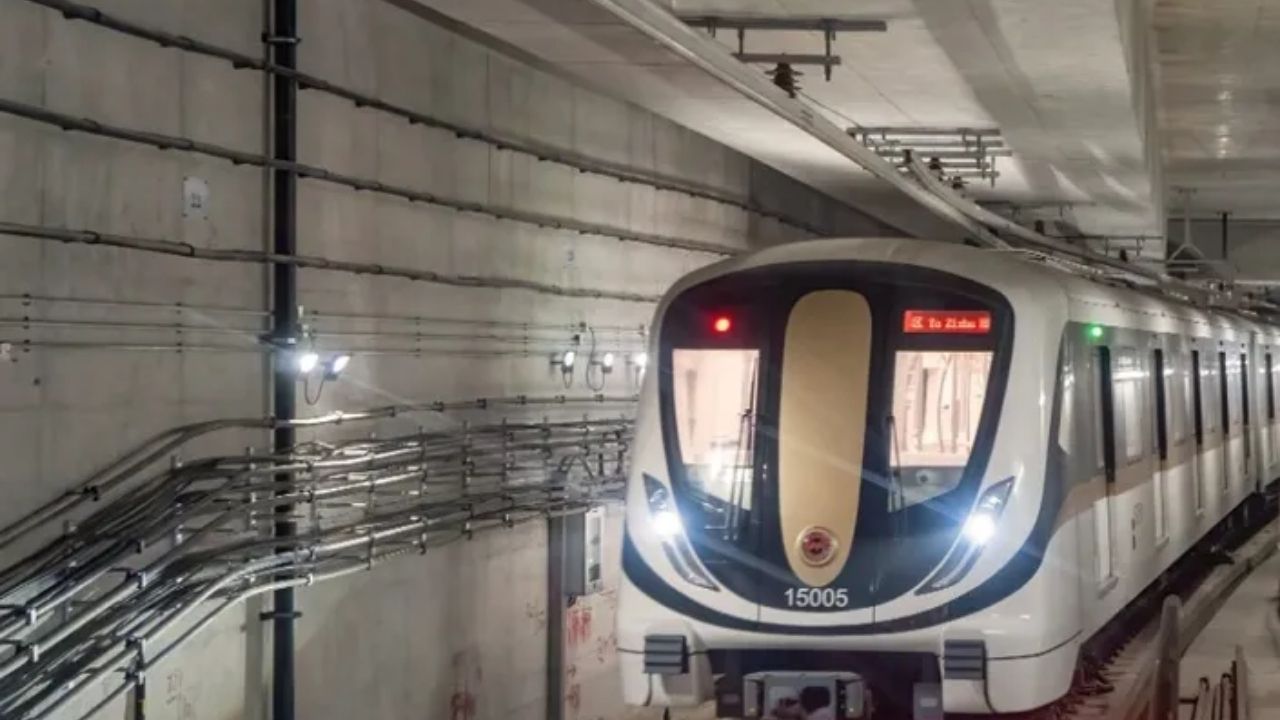Bhubaneswar, the capital city of Odisha, has long been known for its rich culture, vibrant history, and rapidly growing economy. But as the city’s population continues to rise, its infrastructure faces mounting pressure. One of the most exciting and transformative projects in the city’s future is the Bhubaneswar Metro Rail Project—a massive initiative that aims to revolutionize urban mobility. What was once just a dream is now moving closer to reality, thanks to strategic planning, coordination, and key developments. Let’s dive into the details of this ambitious project and understand what it means for Bhubaneswar and its residents.
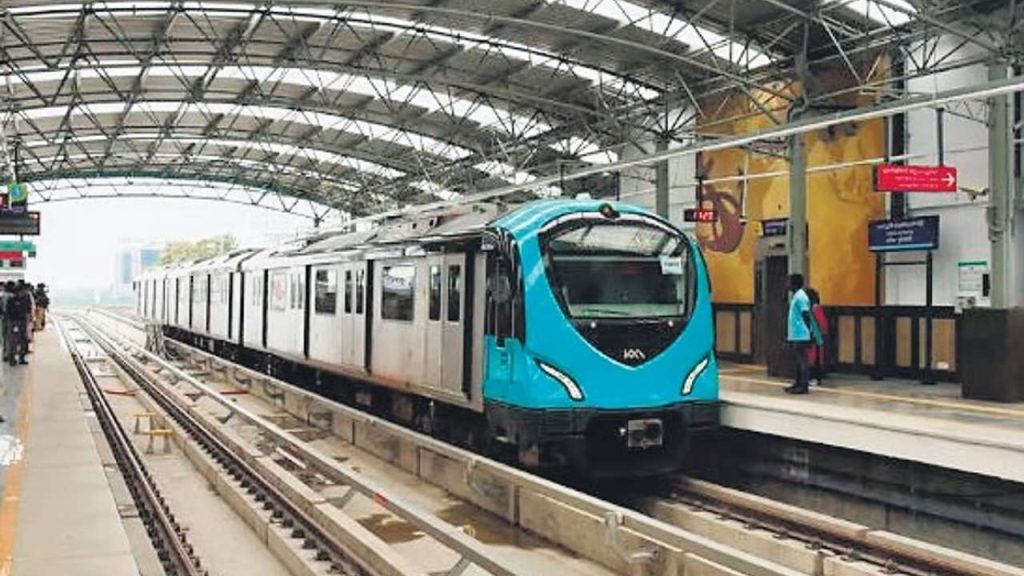
Bhubaneswar’s Metro Ambitions Get Closer
| Key Topic | Details |
|---|---|
| Project Name | Bhubaneswar Metro Rail Project |
| Completion Date | Targeted for 2027 |
| Project Cost | INR 6,255 Crore (Approx. $750 Million) |
| Phase 1 Length | 16.2 km (Underground and elevated segments) |
| Project Funding | Supported by the Indian Government & Union Ministry of Housing and Urban Affairs |
| Project Beneficiaries | Over 1.5 million people across Bhubaneswar and Cuttack |
| Key Stakeholders | Chief Minister, K.V. Singh Deo, Odisha Bridge Construction Corporation (OBCC) |
| Official Reference | Bhubaneswar Metro Official Updates |
This article will break down everything you need to know about the Bhubaneswar Metro, from its origins and planning to the construction phases and its long-term impact on the city. Whether you’re a resident of Bhubaneswar or someone just curious about the city’s urban evolution, you’ll find practical insights and expert advice here.
The Bhubaneswar Metro project is more than just a transport solution—it’s a game-changer for the city’s infrastructure, economy, and environment. With its strategic planning, government backing, and focus on sustainability, this project has the potential to transform Bhubaneswar into a modern urban hub. As the metro progresses toward its 2027 completion date, it will undoubtedly play a pivotal role in improving the quality of life for residents and creating new opportunities for growth. Whether you’re a commuter looking for a quicker, greener way to get around or a business owner anticipating a boost in foot traffic, the Bhubaneswar Metro is set to make waves in the city’s future.
Understanding Bhubaneswar’s Growing Need for a Metro
Bhubaneswar, often referred to as the Temple City of India, is not just a cultural hub but also an emerging economic powerhouse. Over the years, the city has witnessed rapid growth in terms of population, urban sprawl, and commercial development. According to the latest census, Bhubaneswar’s population has surpassed 1 million, and it is expected to keep rising. With more people come more vehicles, which leads to increased traffic congestion, pollution, and other urban challenges.
In response to these challenges, the city’s government has put forward the metro project as a solution. This modern transport system is expected to tackle several issues:
- Traffic Congestion: One of the most significant problems in Bhubaneswar. With the metro in place, the city hopes to reduce traffic jams, especially during peak hours.
- Environmental Impact: The metro offers an eco-friendly alternative to cars, buses, and rickshaws, contributing to lower emissions and reduced carbon footprints.
- Efficient Public Transport: A well-planned metro network can help streamline travel, making it faster and more comfortable for commuters.
- Economic Growth: With easier access to jobs, businesses, and educational institutions, the metro will foster more economic opportunities for residents.
A Bhubaneswar’s Metro Ambitions Get Closer Breakdown
1. Project Overview
Initially, the Bhubaneswar Metro was conceptualized as an elevated corridor, but recent decisions have shifted the project to underground construction. The main reason for this shift is to minimize disruption to existing infrastructure, which is crucial in a city with historical significance like Bhubaneswar. Additionally, underground construction is seen as a more sustainable choice that can preserve the city’s aesthetics and reduce the impact on its heritage sites.
The metro network will span several crucial areas of the city, connecting neighborhoods, business districts, and transportation hubs. The metro will connect the Bhubaneswar Airport to Trisulia in Cuttack, passing through vital areas like the SCB Medical College and Netaji Bus Terminal. This expansion ensures better connectivity for commuters not just within Bhubaneswar but also between Bhubaneswar and its neighboring city, Cuttack.
2. The Role of the Sub-Committee
To ensure the smooth implementation of the Bhubaneswar Metro project, a dedicated sub-committee has been established under the leadership of Chief Minister Mohan Charan Majhi. The committee includes several key ministers and officials, and its primary function is to manage inter-departmental coordination and oversee the integration of the metro with the city’s public transport system.
By involving experts in city planning, transport, and infrastructure, the committee aims to address the various challenges of developing such a large-scale project while ensuring that the needs of the public are met.
3. Key Features of the Metro Corridor
The metro line will include both underground and elevated sections. The decision to use underground tunnels for certain parts of the project is designed to minimize the disruption to the existing urban layout, especially in busy commercial districts. The elevated portions will be used to connect less congested areas and bypass traffic bottlenecks. This hybrid design allows for a flexible, efficient metro system.
The metro will also integrate with a three-tier transport corridor designed by the Odisha Bridge Construction Corporation (OBCC). This corridor will have:
- Ground Level: Reserved for public transport buses and rickshaws.
- Middle Level: A mixed traffic area for cars and private vehicles.
- Top Tier: Dedicated solely to metro trains.
This design is a bold step toward modernizing Bhubaneswar’s traffic infrastructure and significantly reducing congestion.
4. Government and Financial Backing
One of the key factors driving the metro project is the financial support from the Union Ministry of Housing and Urban Affairs. The Indian Government has committed substantial funding, ensuring that the project is financially viable. During a recent review meeting, Union Minister Manohar Lal Khattar emphasized the need to develop Bhubaneswar, Cuttack, Puri, and Khurda as key economic hubs, further solidifying the government’s commitment to the metro project.
5. The Long-Term Impact on the City
When completed, the metro will not only ease daily commuting but will also act as a catalyst for further urban development. By improving access to key areas of the city, it will encourage investment, particularly in the real estate and retail sectors. Additionally, the metro will help generate thousands of jobs, both directly and indirectly, in construction, operation, and maintenance.
The metro will also contribute to the reduction of air pollution and traffic accidents, making Bhubaneswar a cleaner and safer city to live in. As cities around the world continue to grow, the need for sustainable, efficient public transport systems like metros becomes more important than ever.
Astra BVRAAM with Indigenous RF Seeker Hits Mark in Successful Test off Odisha
Odisha Student Dies by Self-Immolation Over Alleged Sexual Harassment by Teacher
FAQs
1. When will the Bhubaneswar Metro be completed?
The Bhubaneswar Metro is expected to be completed by 2027, with some portions likely operational before the full completion.
2. How much will the Bhubaneswar Metro cost?
The total cost of the project is estimated to be around INR 6,255 Crore (approximately $750 million).
3. What areas will the Bhubaneswar Metro cover?
The metro will connect key areas like Bhubaneswar Airport, Trisulia (Cuttack), SCB Medical College, and Netaji Bus Terminal.
4. How will the metro help reduce traffic?
The metro will reduce traffic by providing an efficient, eco-friendly alternative to road-based transport, thus alleviating congestion on busy city streets.
5. How does the metro benefit the environment?
The metro is designed to be a greener alternative to cars and buses, reducing carbon emissions and improving air quality in the city.

